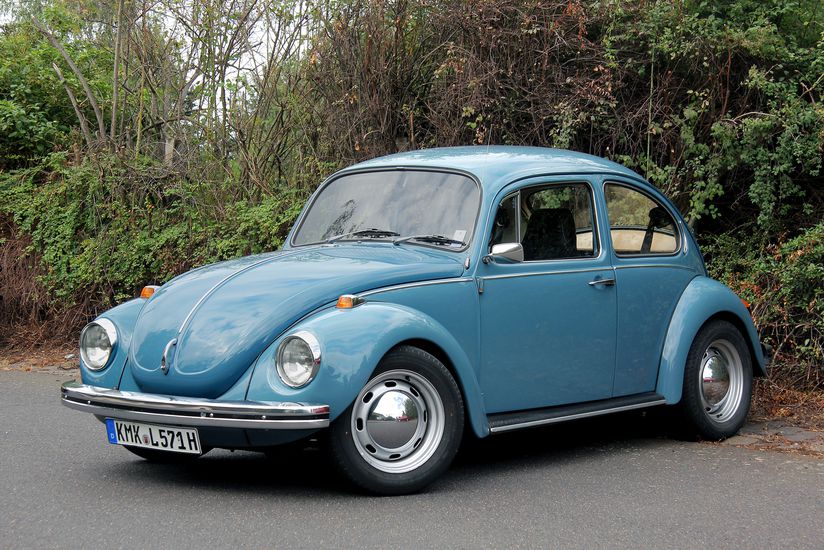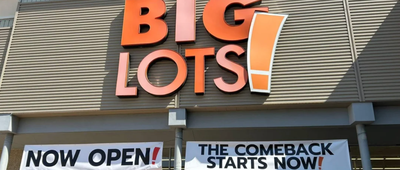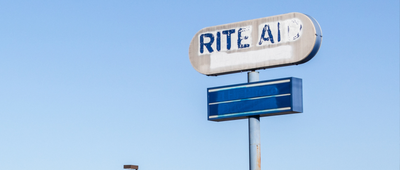RETAIL REVIVAL
A dead brand won't stay dead for long if there's still money to be made off of it. There are a whole lot of companies out there looking to wring more money out of dormant brands or forgotten products and brands that still have the power of name recognition and might inspire some nostalgia shopping. Some products you may not realize ever left, but you’re likely to appreciate the new and possibly improved version.
































